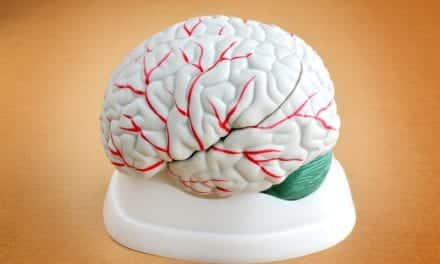How can we tell when someone has fallen asleep? To answer this question, scientists at Massachusetts General Hospital have developed a new statistical method and behavioral task to track the dynamic process of falling asleep.
Dr Michael Prerau, Dr Patrick Purdon, and their colleagues used the evolution of brain activity, behavior, and other physiological signals during the sleep onset process to automatically track the continuous changes in wakefulness experienced as a subject falls asleep.
The study, publishing today in PLOS Computational Biology, suggests that it is not when one falls asleep, but how one falls asleep that matters. Using these methods, the authors quantified a subset of healthy subjects who behaved as though they were awake even though their brains, by current clinical definitions, were asleep.
Understanding the process of falling asleep is an important problem in neuroscience and sleep medicine. Given that current clinical methods are time-consuming and subjective, and simplify the sleep onset process in ways that limit the accuracy, the authors combine the state-of-the-art in neuroscience and signal processing to design an accurate and efficient way to characterize sleep.
The researchers replaced a standard measure, the behavioral response task, which uses sounds that can disturb sleep, with a new task centered on a subject’s focused natural breathing—an act that may even promote sleep. They modeled the physiological and behavioral changes occurring during sleep onset as a continuum that can develop gradually over time.
The identification of some subjects who continued to perform the task even though current clinical measures would say they were asleep suggests a natural variation in the way cortical and thalamic networks interact in these people.
“Ultimately, such methods could greatly improve clinicians’ ability to diagnose sleep disorders and to more precisely measure the effects of sleep drugs and other medications,” says Prerau in a release.
Future work will look to improve the understanding of the mechanisms underlying neural dynamics during sleep, as well as the development of more sophisticated diagnostic and monitoring tools.


